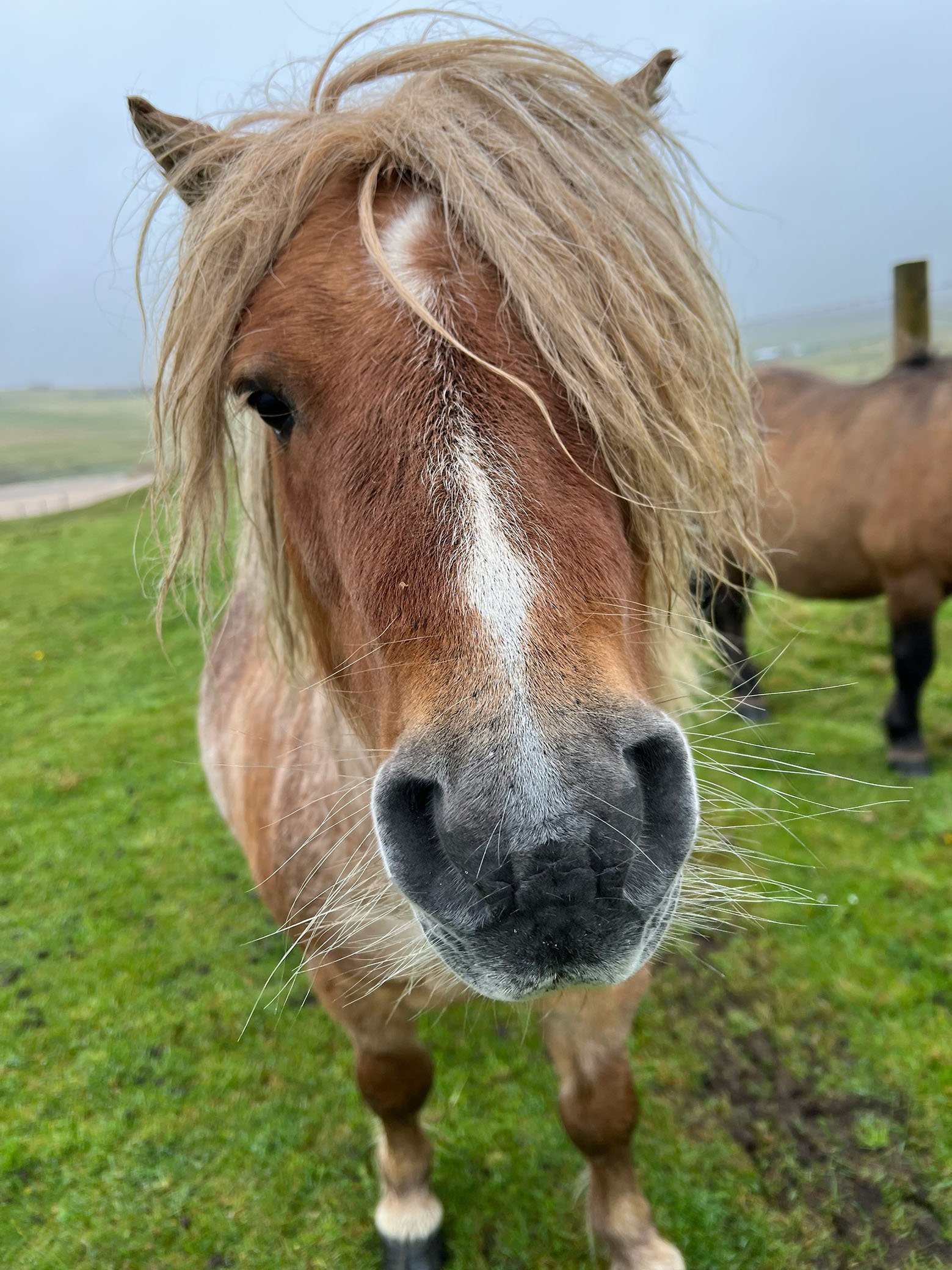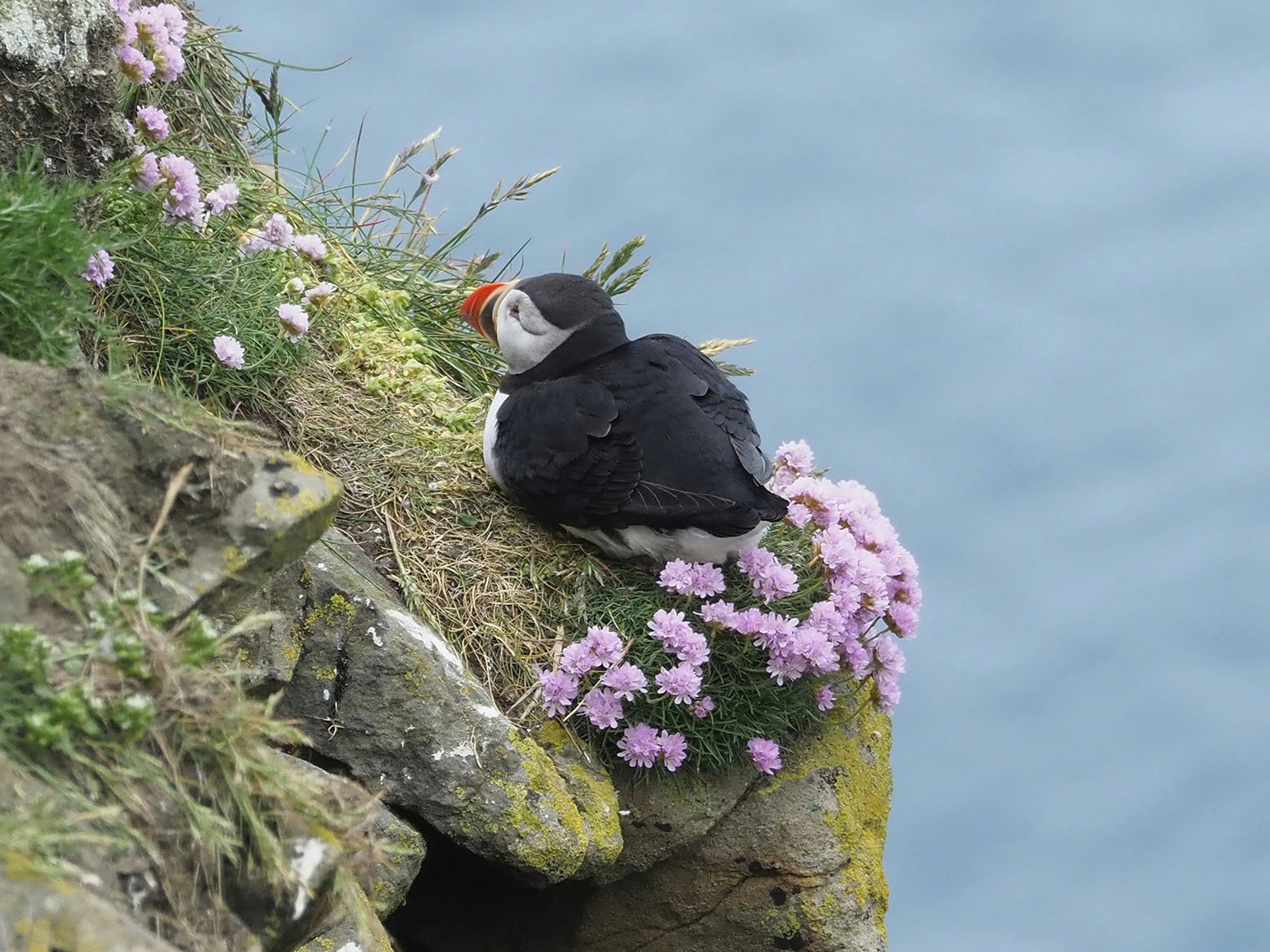Where Norse and Celtic Blend
The Shetland Islands, an archipelago located in the northernmost region of Scotland, offers a singular blend of geographical and cultural splendor. Situated about halfway between Scotland and Norway, Shetland is renowned for its rugged coastlines, mist-covered hills, and breathtaking landscapes. This unique geographical location has played a pivotal role in the islands’ rich history, intertwining Scottish and Nordic influences, which are evident in the local culture, architecture, and traditions.
Shetland's roots extend deep into Norse heritage. This is reflected in events like the annual Up Helly Aa festival, where locals celebrate their Viking ancestry with fervor. Visitors can explore an array of heritage sites, such as ancient broch ruins and standing stones, that tell tales of early settlers, Norse invaders, and medieval life.
Beyond its historical landscape, Shetland is also an ecological gem. The islands boast an abundance of wildlife, including puffins, seals, and otters, making it a haven for nature lovers and birdwatchers alike. The natural beauty of the region is complemented by its pristine beaches, crystal-clear waters, and panoramic vistas, offering ample opportunities for outdoor activities and tranquil retreats.
Places and Things
In Shetland, Scotland

The Town of Lerwick
Located on the east coast of Shetland, Lerwick serves as both the capital and the main port of the archipelago. It is a town where history seamlessly blends with contemporary charm, making it an ideal focal point for visitors. The picturesque waterfronts and bustling harbors of Lerwick offer a captivating glimpse into Shetland’s maritime heritage. The sight of fishing boats and pleasure crafts underscores its ongoing importance as a hub of activity.
One of the key attractions in Lerwick is the Shetland Museum and Archives, which provides a comprehensive exploration of Shetland’s rich history and culture. Exhibits range from prehistoric artifacts to modern installations, offering a detailed narrative of the islands' past and their evolution over time. Another remarkable event that draws visitors from across the globe is the Up Helly Aa Festival. Celebrated annually in January, this fire festival features a procession of ‘guizers’ and the dramatic burning of a Viking longship, a spectacular highlight of Shetland’s cultural calendar.

The unique animals of Shetland
A unique island group has produced unique domesticated animals. The Shetland Pony, a small yet robust equine breed, stands as one of the most iconic animals to emerge from Shetland, Scotland. These ponies boast distinctive physical traits, including a compact and sturdy frame, short legs, and a dense double-layered coat. The Shetland pony isn't alone. Other animals that have come from Shetland include Shetland sheep, Shetland cattle, Shetland geese and Shetland ducks.

The wilds of the Shetland Isles
The Shetland Islands are a remarkable fusion of rugged beauty and unspoiled nature. This cluster of over 100 islands lies where the North Sea meets the Atlantic Ocean, giving it a unique geographical setting that contributes to its stunning landscapes and abundant wildlife. Shetland is one of the top bird-watching locations in the world. The pristine beaches of Shetland are equally mesmerizing, boasting fine sands and clear waters that often give way to sightings of marine life. Seals are a common sight along these shores, basking on the sands or swimming gracefully in the surf. Additionally, the waters around Shetland provide a playground for dolphins, porpoises, and the occasional orca, making it a fantastic destination for marine wildlife enthusiasts.
